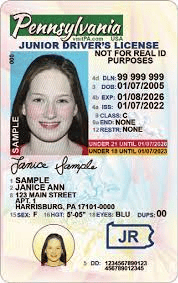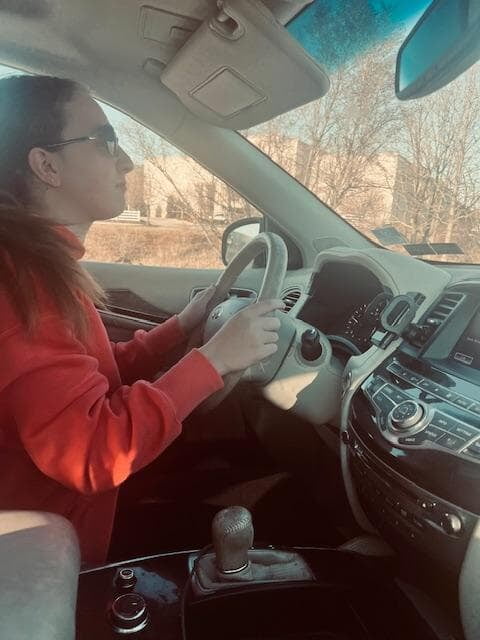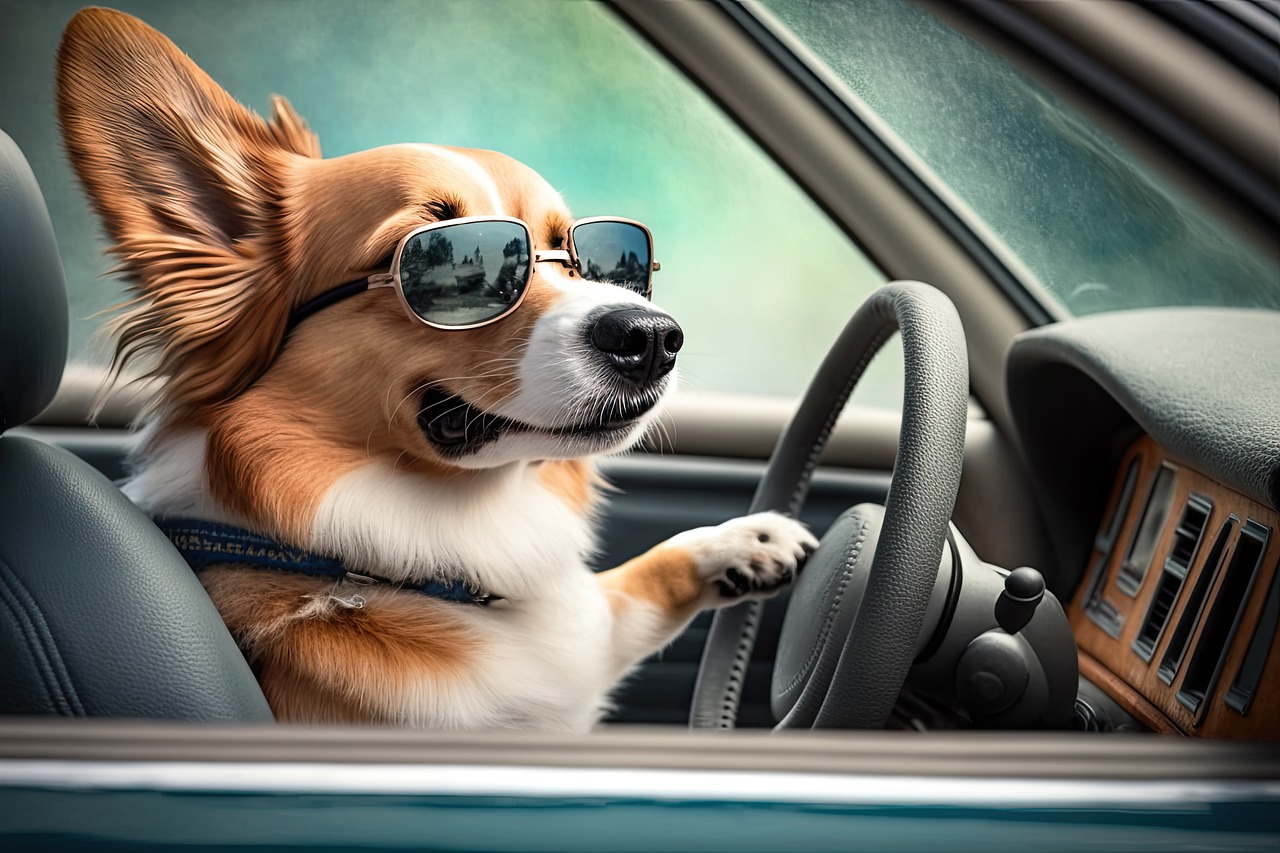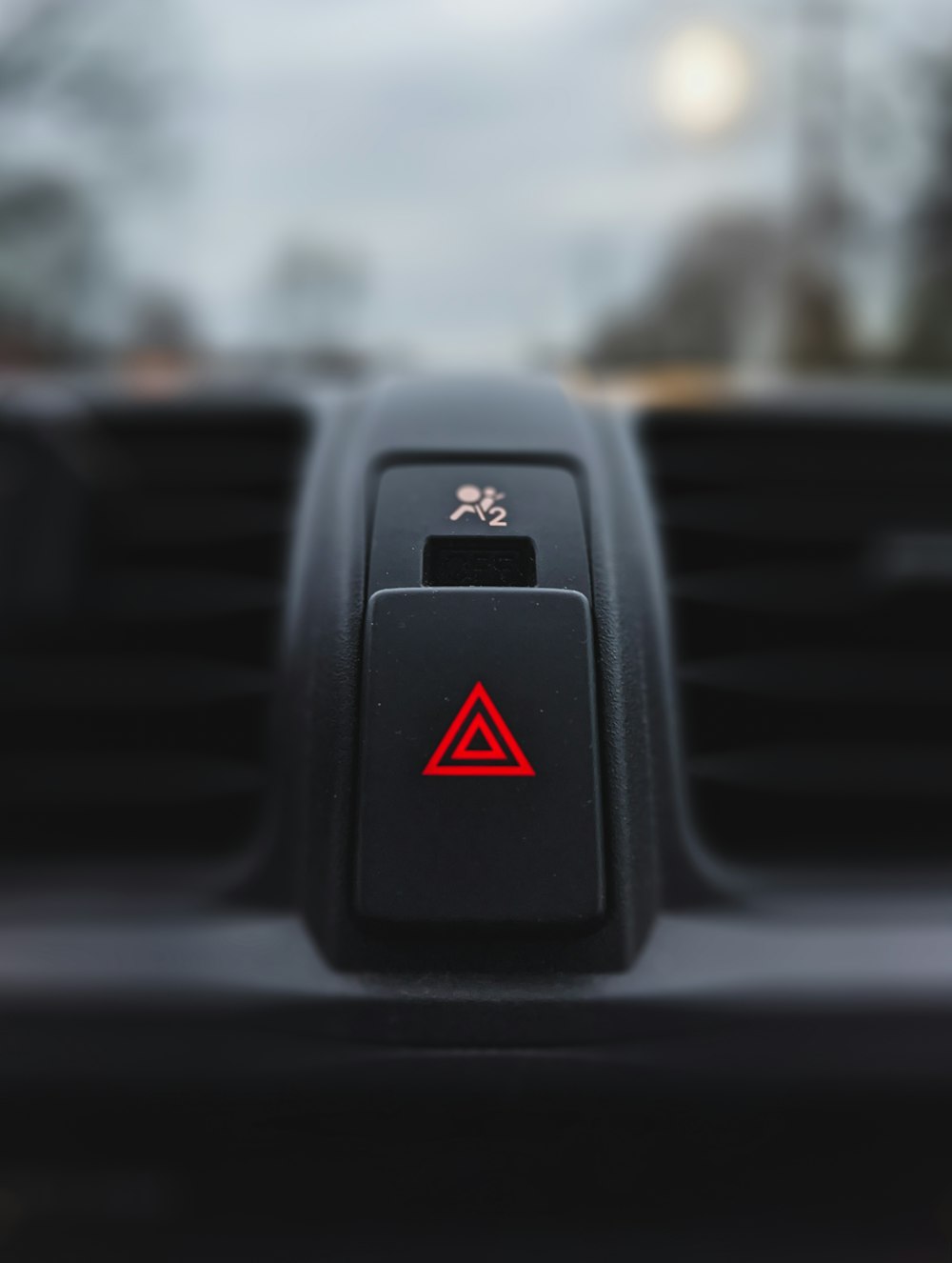Parental Survival of the Lessons!

We have all seen those bumper magnets on the back of cars. I always shake my head and quickly move away from those vehicles. Has anyone else seen those vehicles only to realize there is a single older person behind the wheel? They were either too lazy to remove the magnet, or they are just learning? Nah... it has to be the first scenario.
I was shocked to find out that more kids today opt to wait a while before getting their driver's license.
American teens are less keen to get behind the wheel once they come of age. According to numbers from the Federal Highway Administration analyzed by news website Green Car Congress, only approximately 61 percent of 18-year-olds in the U.S. had a driver’s license in 2018, compared to 80.4 percent in 1983. While age restrictions vary by state and not all 16-year-olds can be license holders, the number of 16-year-old licensed drivers has also significantly decreased from 46.2 percent in 1983 to 25.6 percent in 2018.
According to PBS, tougher rules for younger drivers as well as the availability of ridesharing and ride-hailing apps in many places are reasons why teenagers delay getting their license. Additionally, forget manual transmission. In 2022, according to CarMax, less than 3% of cars were manual transmission. That might be a good thing, because I had a car full of "almost drivers" the other night that were referring to the "stop pedal" and the "driving wheel". They also thought you use the left foot for the brake and the right foot for the gas. Oh my.... we have some learning to do here in our household.
In 1992, anyone I knew that was 16, was getting their license. It was a rite of passage with so much excitement. I would drive to the grocery store 5 times in a day for my mom just so I could drive the car when I first got my license. That probably lasted 2 weeks. Then I had my own agenda. We didn't have those bumper magnets. We also didn't use helmets when we skied, seat belts weren't mandatory, and if you were lucky enough to have a phone in your car, it weighed 20-pounds and the receiver was bigger than a wired telephone handset.

Yep. Remember those phones? It was the "EMERGENCY ONLY" phone, because it cost $2.00 a minute just to use it and up to 50% more if you were in a "roaming" area outside of your designated metro region. But as a teenager in the nineties, most of the "emergencies" were: "What are you wearing to the party tonight?", "How should I wear my hair?", "Where are we all meeting to eat?", and "OMG I'm calling you from a phone in my car! Can you believe it?...... LIKE, I TOTALLY am, I'm not making this up!!".
Now, that I have time warped back from 1992, it's easy to see how we had less distractions back then. Most of us rolled the windows up manually, we did not have 600 buttons on our dashboard that could potentially signal extraterrestrial life, satellite radio, or audio-visual navigation systems. We certainly didn't have phones that could easily be manipulated using only one hand. Driving is a whole new beast for my generation of parents.
So, getting started usually involves passing a written test to obtain a drivers permit. Every state in the U.S. has different rules, so consult your local DMV. My Maggie can take the permit test on her 16th birthday. Once that arrives in the mail, she can begin to sit behind the wheel and begin to drive.

Truth be told, I took her to an empty overflow parking lot at a local mall that no one uses before she turned 16. There were lots of parking spaces, stop signs, and curbs for practice. The very first thing I did was go over all the important buttons in the car, such as the turn signals, the lights, windshield wipers, and especially the hazard light. Ask my younger sister Susan about that one. Haha. She took her drivers exam in my car and when it came time to finish up, the examiner asked her to turn on the hazard lights. I could see the panic on her face as she was scanning the inside dashboard with her eyes and hands. I tried to yell it through the window and was quickly scolded by the examiner. She finally found it in the nick of time and passed on her first attempt. Since then, our younger siblings all learned where the hazard button was first.
Once Magg's learned where all the safety features were, I told her to drive the car like her little electric car when she was a kid (minus the curb crashing). She slowly made her way around the lot, appropriately stopping and using the turn signals. She successfully pulled in forward to a spot and backed out safely using the mirrors and the new technology of a reversing camera. We repeated this process for a while until she got bored, then we went home, both smiling that we survived.

Moving forward I highly suggest you enroll your teenager in a driving school. Many drivers' education schools today will also administer the exam at the end of the course, saving you the anxiety at the DMV. Completing a driver's education course also typically gets you a discount on your driver's insurance too. There are many companies that offer courses, and they can also be arranged through many high schools.

My experience at the DMV, which needed to be repeated due to a smashed cone during the parallel parking portion of the test, included exhaustingly LONG wait times and a grumpy PA state trooper who yelled "You failed! Try again!" with a sick smirk on his face. It also didn't help that my mother had placed her Radio Shack radar detector under the driver's seat, and it was still on, and beeping like my car was on fire. I was also reminded to "leave that illegal device" at home next time. My mom just shrugged and said "Whoops". I shook it off, practiced parallel parking in the driveway for hours when we got home, then went back the following week to a much nicer officer, who passed me on that second attempt. (We won't bring up the fact that the SAME officer pulled me over doing 85 mph on the highway 2-weeks later). After 5 points on my license and my parents revoking my driving privileges for a month, I learned my lesson. Oooph. I never got another speeding ticket until I was in my 30s and on I-95 in Maryland. I got pulled over with my Magg's in the back seat singing and swinging her legs in her car seat. She told the Maryland State Trooper "I 'lie-ka' your hat!!". He melted and let me off with a warning. Magg's sure got me out of that one!
So, whenever your teen decides to start driving, just make sure you have clear rules in place, such as:
* Times to check in when going out
*No distractions (phones go in the glove compartment)
*Limit the number of kids initially allowed to ride in the car with your new driver while they are learning how to navigate normal road conditions
*Set boundaries on how far they are allowed to travel at first. (I took the car into downtown Philadelphia as a new driver and then couldn't find my way out with all of the one-way streets. I had to call my dad and admit I was endlessly circling around City Hall.) Remember, we had Yahoo Maps and MapQuest. Nothing electronic was around then.
*Have the discussions regarding responsibility and being aware of your surroundings, for both the safety of your driver and the other people on the road.
It is really important to emphasize the fact that these kids are now driving 1.5-ton crushing machines.
Per the Safe4Kids Driving Website:
There is a:
Fatality from a crash 1 every 14 seconds
Person injured from a crash 1 every 13 seconds
Property damage from a crash 1 every 7 seconds
Law-enforcement reported crash 1 every 5 seconds
How many car accidents happen per year in the U.S.?

*Nearly 5 million crashes are reported every year. (An estimated 10 million go unreported.)
*Every day more than 90 Americans die in car crashes (for a total of about 38,000 — up to 42,915 in 2021).
* Of those almost 8,000 are young drivers ages 16 to 20And more than 1,600 are children younger than 15
*On average about 2 million drivers experience a permanent injury every year.
*Of the crashes resulting in a fatality, the most common causes are: drunk driving (40%), speeding (20%), and distracted or irresponsible driving (33%).
Please remember that driving is a privilege, not a right! If we don't follow the rules of the road, we can endanger those around us. We also need to lead by example. It's not always easy, but our kids do follow our lead. Practicing safe skills in their presence will help establish a healthy baseline.

Buckle up, enjoy the road, safe travels, and happy teenage-hood to all of our newbie drivers out there!
Xoxo -Lisa.

